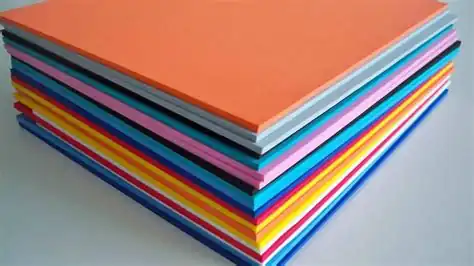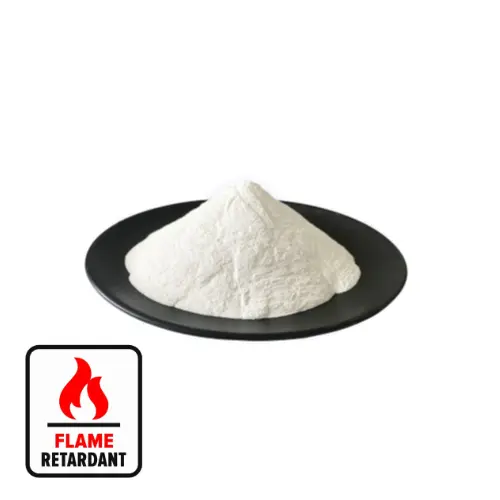Magnesium hydroxide (Mg(OH)2) is an inorganic compound that is mainly used as a filler and flame retardant in EVA (ethylene vinyl acetate copolymer).

Filler
Magnesium hydroxide has a high specific surface area and provides excellent filling properties.
Because it is a polar material, it has good adhesion to the non-polar matrix of EVA.
Magnesium hydroxide in filled EVAs reduces material density and improves tensile strength and surface hardness.
It also offers the advantages of low cost and high availability.
Flame Retardant
Magnesium hydroxide is an effective flame retardant because it decomposes at high temperatures and releases moisture.
The moisture absorbs the heat released during combustion, reducing the rate at which the material burns and inhibiting the spread of flame.
Magnesium hydroxide is also used as a smoke suppressant because it helps reduce the amount of smoke produced by a fire.
Other Applications
In addition to being a filler and flame retardant, magnesium hydroxide has the following applications in EVAs:
Antistatic agent: Magnesium hydroxide reduces the build-up of static charges in EVA.
UV stabilizer: It absorbs UV radiation and protects EVA materials from UV degradation.
Antimicrobial agent: Magnesium hydroxide has antimicrobial properties and can inhibit the growth of microorganisms in EVA.
Advantages
Magnesium hydroxide is a low-cost, highly available material.
It has excellent filling properties, reduces material density and improves mechanical properties.
As a flame retardant, it helps reduce the ignitability and flame spread of EVA.
It also reduces static and UV degradation and microbial growth.
Disadvantages
Magnesium hydroxide-filled EVA reduces the transparency and flexibility of the material.
It can increase the brittleness of the material and therefore needs to be handled with care.

